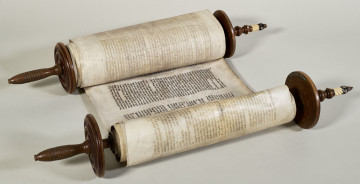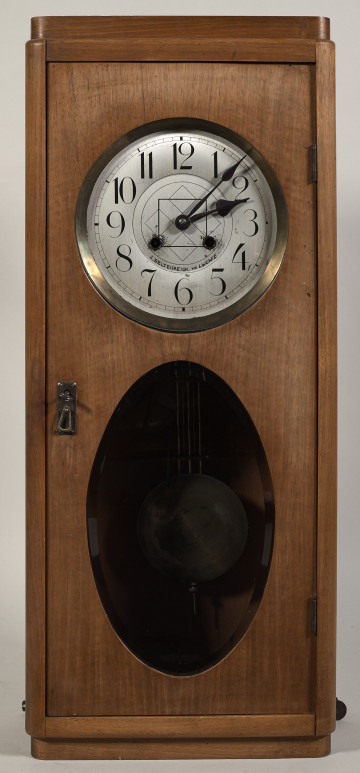
Torah
19th (?) century
Castle Museum in Łańcut
Part of the collection: History of the city and the region
A turret-type balsamine, manufactured in the 1770s in Jankiel Kelmer’s workshop in Warsaw. It is a decorative container for fragrances, used both at home and in the synagogue. After the herbs or roots were placed inside, a blessing was recited over them and then their fragrance was inhaled. This was done at the end of the Sabbath, during the havdalah ceremony – the symbolic separation of the Sabbath from everyday life. The person leading the ceremony would take the balsamine with his right hand and bless it, then smell the fragrance and pass it to others. This custom referred to the distant past, when incense offerings were made in the First Tabernacle and later in the Jerusalem Temple. Frankincense could only be burned by priest in the Temple. After the destruction of the Temple by the Romans in 70 AD, this practice was abandoned. In the times of the diaspora it was replaced by prayers and rituals referring to some of its elements. According to the traditional interpretation, the scent of herbs was a compensation for the loss of the additional soul that accompanied the Jews during the Sabbath, and it was also supposed to strengthen and comfort the for the hardships of the coming week. The first references to these vessels date back to the 12th century. Their Hebrew name refers to the word “myrtle”, as this plant was used in ancient times as a havdalah fragrance. The Polish name may have its source in the prayers recited on Shavuot, in which the Torah is compared to balsam. The vessels were usually made of silver, other metals, and sometimes of wood in a variety of shapes, usually resembling a turret. They were also made in the form of a tree and fruit of the Tree of Life, fish, houses and toys. Some of them were made with travellers in mind – these usually resembled pears, nuts and acorns, usually made using the filigree technique. Joanna Kluz
Other names
unknown
Author / creator
Dimensions
height: 27.5 cm, width: 6.5 cm
Object type
History of the city and the region
Technique
embossing, cast
Material
silver
Creation time / dating
Creation / finding place
Owner
Castle Museum in Łańcut
Identification number
Location / status

19th (?) century
Castle Museum in Łańcut

20th century
Castle Museum in Łańcut

1st half of the 20th century
Castle Museum in Łańcut
DISCOVER this TOPIC
National Museum in Lublin
DISCOVER this PATH
Educational path